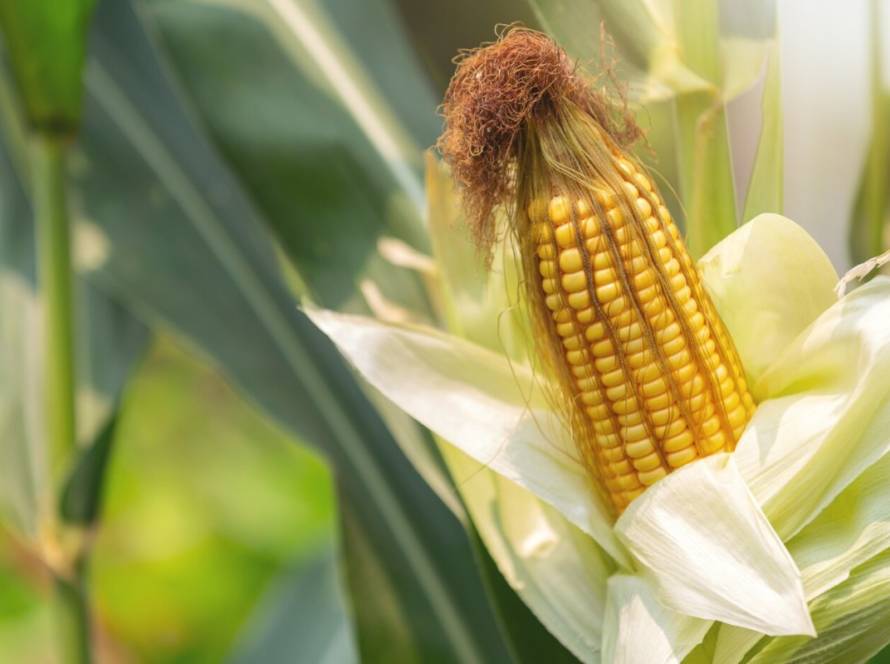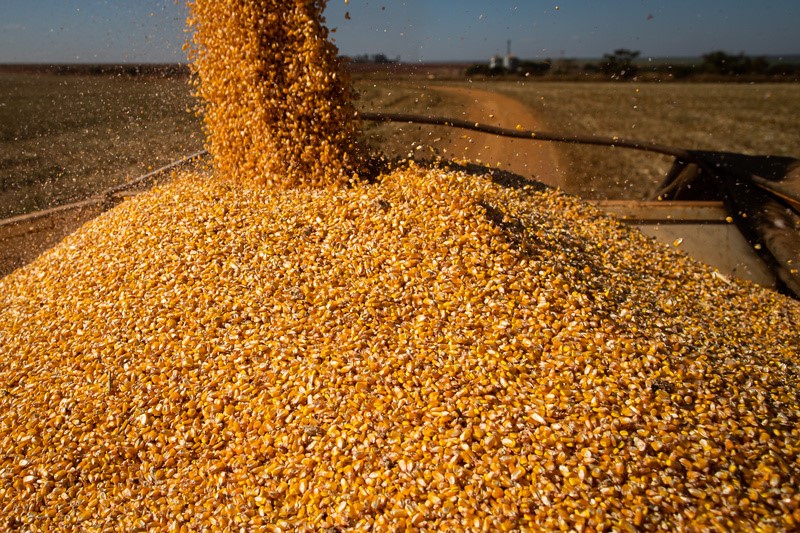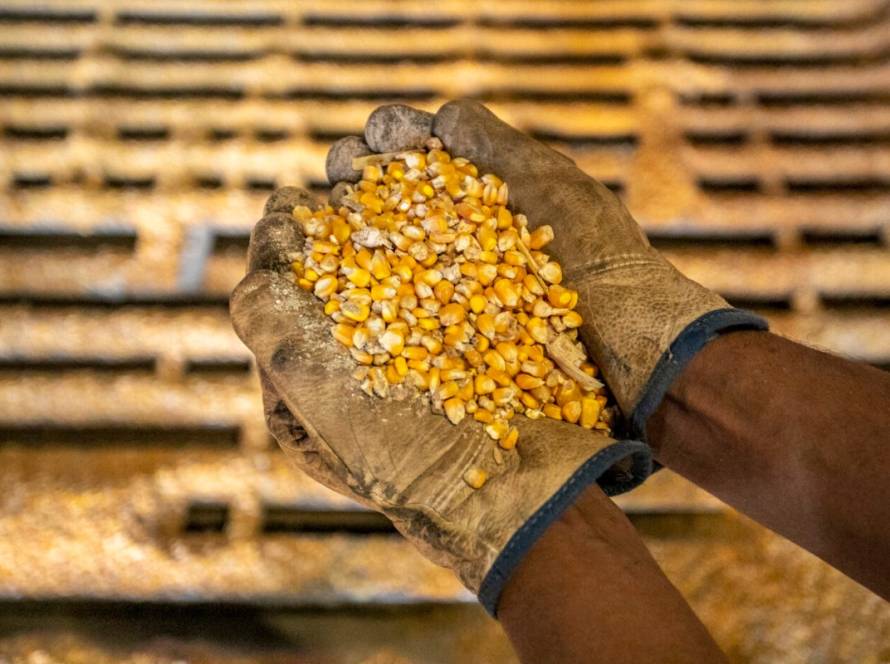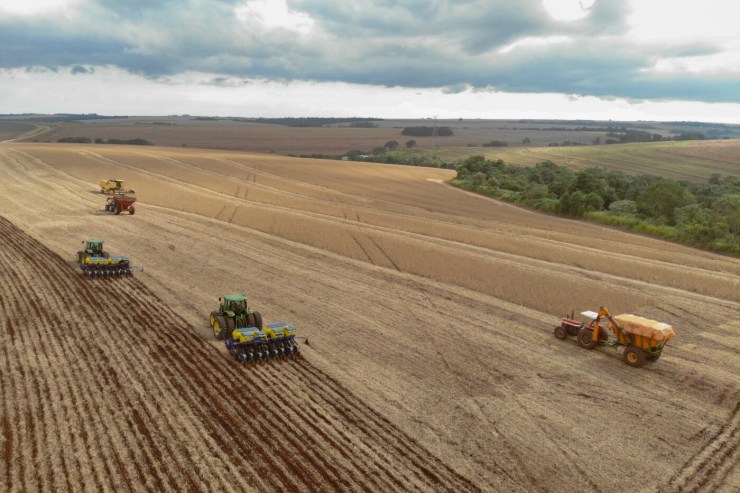A network of researchers from 17 countries analyzed the evolution of the fungus Colletotrichum graminicola, which causes corn anthracnose, and identified three genetically distinct lineages that potentially originated in Mesoamerica. The study, which examined 212 isolates from five continents, revealed that the global spread of the pathogen was driven by natural and human factors, most notably the exchange of contaminated seeds.
According to Flávia Rogério, a collaborator at the University of Salamanca (USAL) in Spain and the University of Florida (UF) in the United States, the research showed that the fungus has three main lineages: North American, Brazilian and European. “The North American lineage appears to be the oldest and most ancestral, with branches that have reached Brazil and Europe. However, the European lineage has proven to be the most virulent, which may increase the risk of new outbreaks of the disease,” explains the scientist.
Furthermore, the study identified migration between Argentina and Europe, with Argentine isolates grouped within the European lineage. This genetic exchange may have been favored by the use of contaminated seeds in winter nurseries in South America, often used in genetic improvement programs.
The research used several statistical and computational methods to analyze the relationship between genetic and geographic distance, concluding that up to 35.8% of the fungal genetic variation found can be explained by the geographic distance between populations. The fungus' great mobility, that is, its ability to spread, suggests a long history of adaptation and global migration, driven by genetic recombination. Genetic recombination can generate new genotypes of the fungus, increasing genetic diversity and virulence.
Researcher Wagner Bettiol, from Embrapa Meio Ambiente (SP), emphasizes that human action played an essential role in the spread of the pathogen. The study also showed that 80% of the isolates analyzed show signs of genetic mixing, while 20% are genetically pure. This great diversity observed increases the challenges for the development of resistant corn varieties.
Furthermore, the research revealed significant differences in the age and frequency of genetic introgression events – which is the process of incorporating alleles from one species into the gene pool of another species – between lineages from North America, Europe and Brazil. The results suggest that the North American lineage is the oldest and acted as an intermediary in the global spread of the fungus.
Fungi that cause plant diseases can spread over short distances by wind and rain, and over long distances by human action, when their spores are transported by contaminated vegetative material.
Concern about the return of outbreaks

The research suggests that the pathogen followed the corn domestication route, which began in southern Mexico, and that the North American lineage of the fungus acted as an intermediary in its global spread. Previous studies have shown a similar pattern with Setosphaeria turcica, another corn fungus that spread globally from Mexico.
Scientists warn of the need for greater genetic monitoring and the adoption of preventive measures. According to recommendations from researchers at Embrapa Milho e Sorgo (MG), effective management of anthracnose includes planting resistant cultivars, balanced fertilization, crop rotation and avoiding successive plantings. These practices help reduce the pathogen's potential for infection and protect crops.
Identifying the ancestral population of the fungus may help develop more effective strategies to mitigate the impacts of corn anthracnose, since this population may act as a reservoir of genetic diversity, including genes associated with disease resistance. Constant monitoring and use of multiple resistance genes are essential to prevent new outbreaks and protect global food security.
The main corn diseases directly impact global productivity, permanent actions and integrated management measures to reduce economic losses and ensure food security.





